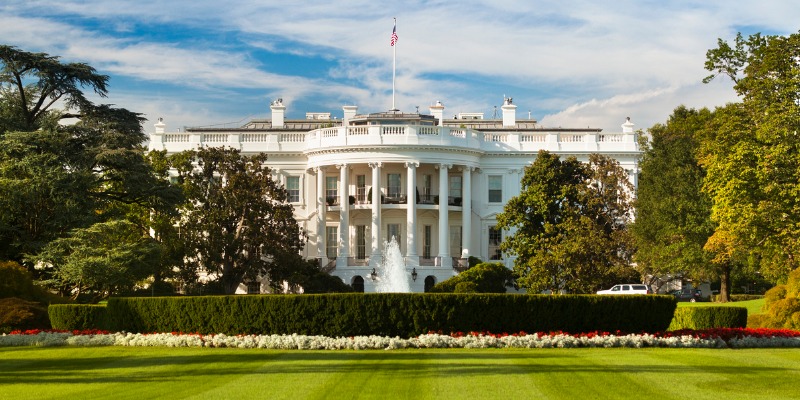Biden spending spree expands America’s welfare state

Within two months of taking office, President Joe Biden and congressional Democrats pushed through a $1.9 trillion spending bill called the “American Rescue Plan” or ARP, which ostensibly is designed to help the United States recover from the pandemic.
But the White House never presented a clear and consistent justification for the plan. Was the goal to deal with the disease or help the economy recover?
But perhaps this ambiguity was actually a very clever strategy, because there are two big problems with the legislation, regardless of which justification is used.
- First, the ARP contains comparatively little money for vaccines in particular or public health in general.
- Second, the economy already is poised for strong growth as households catch up on deferred consumption.
Regarding the first point, the Biden administration actually made a sensible choice to not devote a lot of additional money to fighting the coronavirus. Simply stated, the drug companies have already developed several vaccines and manufactured hundreds of millions of doses, and the population is getting inoculated at a rapid pace. Barring an unexpected setback, society will triumph over the virus.
Regarding the second point, it appears that Democrats are simply taking advantage of one-party control to reward various interest groups with a grab bag of giveaways reminiscent of President Obama’s failed “stimulus” of 2009.
Here are some of the major provisions.
Transfers to sub-national governments: The ARP funnels $350 billion to state and local governments, in addition to $535 billion of funds last year. All told, nearly $900 billion, even though state and local tax revenues declined by only 1 per cent. This provision is known as the “blue-state bailout” because of the widely held view that it’s designed to subsidize irresponsible fiscal policy is states such as New York, California, Illinois and New Jersey.
Education subsidies: In addition to the money handed to subnational governments, there’s a special appropriation of $170 billion for the education sector (in addition to $113 billion of subsidies ladled out last year). This is a payoff to the teacher unions that have used their political muscle to keep many schools closed to in-person instruction.
Pension bailout: In addition to teachers, other labour unions also got special handouts. The ARP spends $86 billion to prop up union-negotiated, multi-employer pension plans—yet no reforms are required to deal with the corruption and poor practices that got the plans in trouble in the first place. Unions such as the Teamsters and United Mine Workers got a good return on campaign contributions they “invested” in the 2020 elections.
Transportation and Obamacare expansion: More than $40 billion was included for infrastructure programs such as mass transit, with a similar amount included to finance larger Obamacare subsidies.
“Stimmy” checks: Even though the vast majority of Americans never lost their jobs, politicians in 2020 sent stimulus money directly to most households. And the Biden administration repeated that policy this year, including onetime $1,400 handouts for most Americans.
Per-child allowances: The ARP also reworks an existing child tax credit by expanding it from $2,000 to $3,000 per eligible child ($3,600 for children under age 6) and making it “refundable,” which is budget jargon for redistribution spending laundered through the tax code. This provision is projected to increase the burden of federal spending by $88 billion.
The bad news is that $1.9 trillion is akin to about 9 per cent of America’s projected economic output in the current fiscal year. And even though some of the money will be spent over a multi-year period, there will be an enormous amount of money siphoned out of the economy’s productive sector to finance this spending binge.
The good news, at least relatively speaking, is that most of the spending is in onetime giveaways. That means, at least in theory, there will not be a permanent increase in the burden of government spending (beyond interest payments on additional debt).
That said, proponents of a larger welfare state are already advocating to make the European-style per-child allowances a permanent part of America’s welfare state. Which would mean a multi-trillion dollar long-run increase in the size of government.
The United States could very well be on the proverbial road to serfdom.
This is the first installment of a two-part blog series on the Biden administration’s burgeoning fiscal policy. You can read the second part here.

